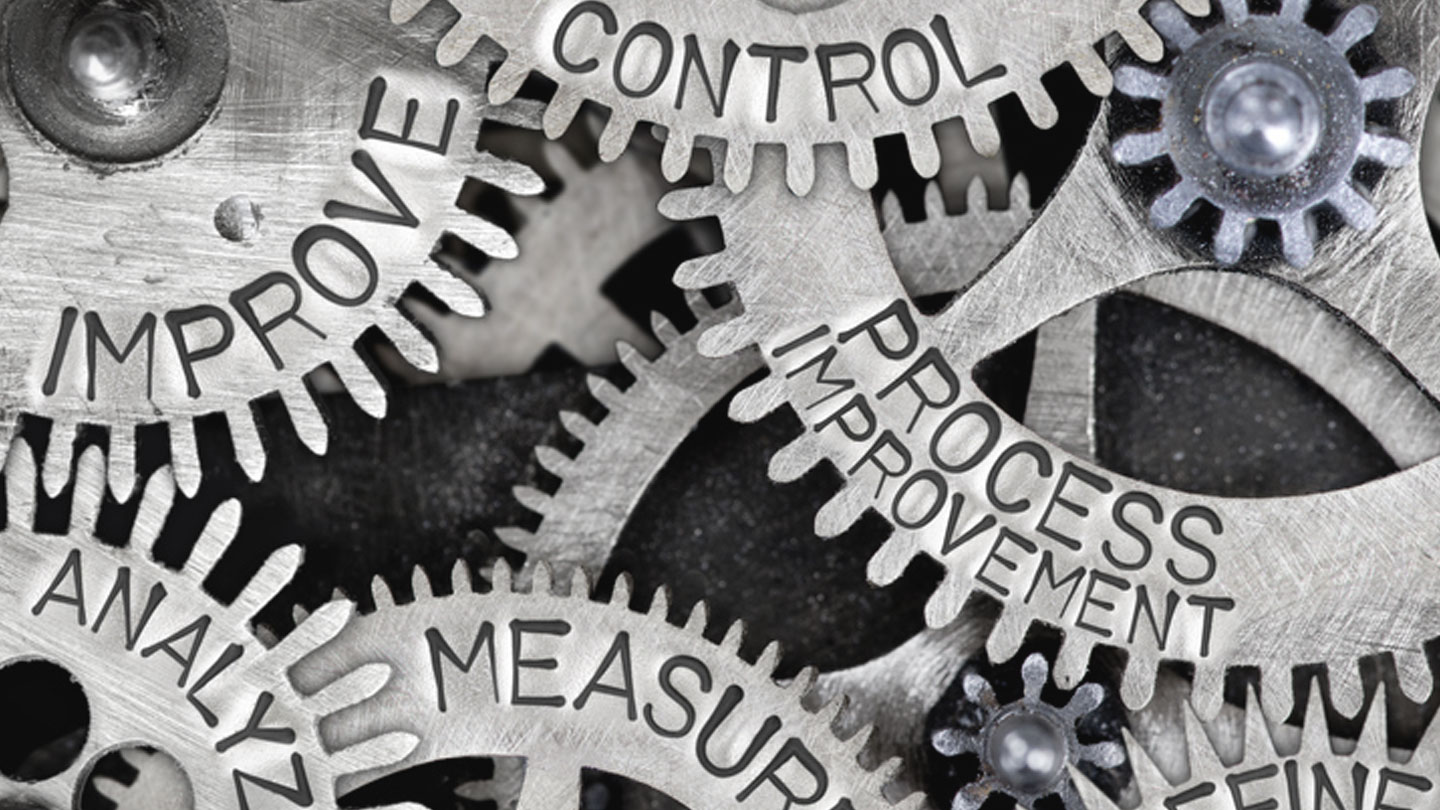
Key takeaways
- Understanding and leveraging insights from payments-related data are already important for an FI, and will only become more valuable through the adoption of ISO 20022 standards.
- There can be several pain points related to cross-border payments, from increased inefficiencies to reduced transparency. Data analysis can help address many of those problems.
- J.P. Morgan has been recognized for its use of data1 and can help assist FIs who need end-to-end support when it comes to making sense of cross-border payments and unlocking value and efficiencies.
For Financial Institutions (FIs), executing cross-border payments instantly and securely is of great importance. In order to do so, a robust global clearing solution is required. With so much relying on these payments occurring as needed, an FI needs to be ahead of the curve when it comes to the latest payment trend.
Increasingly, for cross-border payments, that trend is understanding, utilizing and maximizing the data associated with payments. There is so much within a payment beyond who it’s coming from, where it’s going and the amount it’s for. The increased focus on modernization and innovation using data can deliver tremendous results, including the ability to validate information, identify payment patterns, uncover cost saving opportunities and maximize efficiencies. These trends force one to rethink how payments are made - It’s not about just moving value, it’s about creating it. No financial institution is better equipped than J.P. Morgan to create value for clients that need reliable cross-border payments.
Explore how data is leveraged, the solutions for pain points associated with utilizing data for cross-border payments, and how J.P. Morgan is elevating the client experience by offering support with a keen understanding of how global clearing and data can support a growing FI.
At the forefront of financial change
Financial Institutions as a whole are in a transition period as they adopt ISO 20022 standards, with the deadline being November 2025.2 Once all Financial Institutions have migrated to these new standards, messaging between banks will be standardized and structured, with rich data being produced as a result. The enriched data that ISO 20022 introduces allows banks to align with industry practices and deliver better payments experiences. As J.P. Morgan Payments Head of Global Clearing Product & Transformation Ciaran Byrne said at Sibos 2023, “If data is the new oil, then ISO 20022 is going to be the kerosene that ignites it.3 For those institutions that do a great amount of cross-border transactions, enhanced data allows them to better locate payment patterns. Being able to better determine when payments are coming in or going out can influence purchasing decisions, drive technology advancements and lead to a greater efficiencies in resource utilization."
Data is also a driver of new revenue opportunities. J.P. Morgan offers our clients different types of services and solutions based on the data analysis we conduct. For example, take an FI that is based in Canada, but does a lot of business in Europe and Asia. Our data analysis can help determine optimal times for deposits and withdrawals, automate account transfers and ensure that money is in the correct currency at the right time. The potential benefits for a client that maximizes the data J.P. Morgan provides is great.
J.P. Morgan was an early adopter of ISO 20022 messaging standards and has been collecting client insights and queries since its launch. As the rest of the industry evolves to the new messaging standards, staying prepared will become increasingly important, and the best way to do that is working with a bank that is at the forefront of ISO adoption.
Addressing pain points
There are many challenges associated with cross-border payments. Among the obstacles that clients may face are high payment fees when completing these transactions, third-party involvement, and ambiguity of where money is coming from or going to. However, it turns out that utilizing data can help address many of those worries and create benefits for Financial Institutions.
Through our use of J.P. Morgan’s proprietary data tools, we can help ease many of these primary problems:
FIs are constantly seeking ways to drive cost efficiencies while still protecting the value they offer to clients through cross-border payments. Every FI has their own unique objectives when it comes to managing revenues and expenses. We help identify the most effective means for supporting these objectives, enabling our clients to remain competitive.
As the one of the world’s largest banks,4 with correspondent partners around the world, J.P. Morgan can leverage multiple layers of data to create quick, secure and more efficient payment settlements, including one of the highest book transfer rates in the industry. Our data analysis tools identify opportunities to direct more payments out of clients’ J.P. Morgan accounts, rather than via another bank, to provide quicker and more efficient payment settlement, later cutoff times and other direct benefits.
Data reveals new opportunities for clients, such as business with counterparties and intermediaries, that they may not be working with today.
We leverage data to address the needs of specific client segments, driving unique value to them.
Where J.P. Morgan solutions come in
There are great innovation possibilities for FIs using data intelligence. Despite the hurdles that must be cleared, the information gathered by payments made and receive can do so much for an FI. The influx of data in payments is forcing institutions to rethink what they can learn and gain from global clearing transactions, including insights into customers’ behavior and larger, worldwide trends. J.P. Morgan isn’t just moving value; we’re helping create it by offering support with a keen understanding of how global clearing and data can support a growing FI and help them remain competitive.
For cross-border payments, J.P. Morgan Payments offers an end-to-end experience to assist FIs. In fact, these attributes were recognized as the best in the industry by Fintech America.5
Beyond the pay-in / pay-out aspect of global clearing, we work with thousands of correspondent banking relationships across 160-plus countries to create a seamless end-to-end process, using our data tools and technology to assist FIs in making connections all across the globe. So much is changing rapidly in the financial world, and all banks require a better understanding of how the data, and the unique insights it can uncover, will ensure their processes are correctly aligned with industry practices and deliver better payments experiences for their underlying customers and value for all parties.
For cross-border payments, J.P. Morgan Payments offers an end-to-end experience to assist FIs. In fact, these attributes were recognized as the best in the industry by Fintech America.6
Data and J.P. Morgan can assist any FI, because we don’t just process payments, we’re there every step of
the way.
Learn more by subscribing to THE MONTH IN Payments newsletter
Related insights


Payments
The future of payments for low-value transactions
Jul 11, 2023
The latest innovations in cross-border payments will make low-value transactions cheaper, faster and easier for small businesses and consumers alike.
Read more